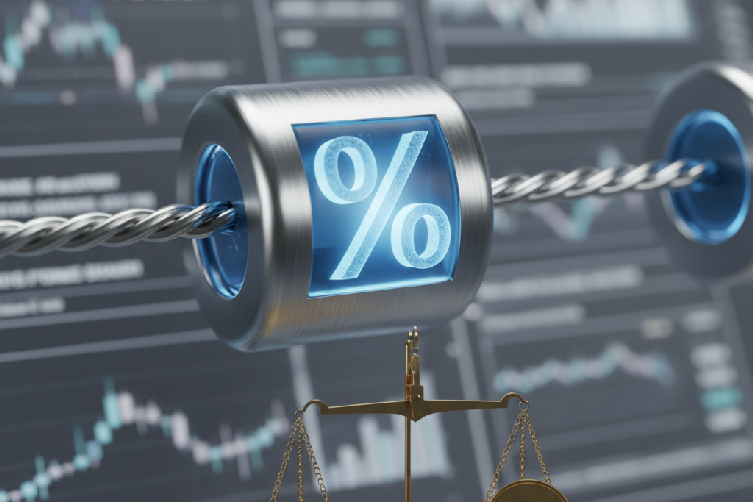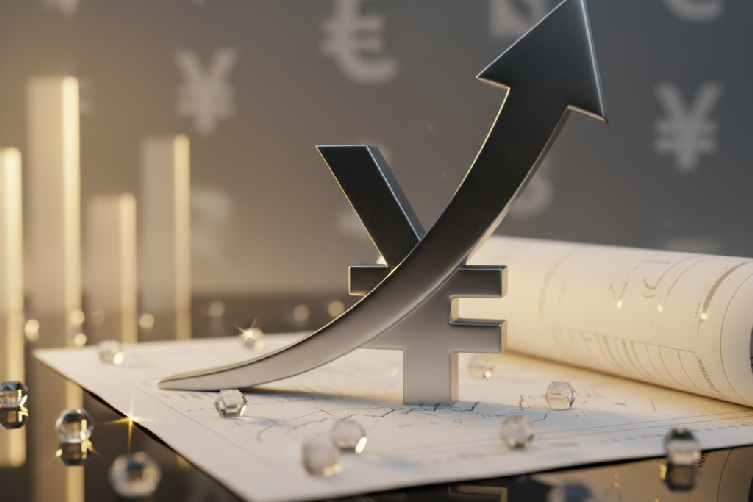Master Trading with the RSI Indicator Explained

Are you tired of guessing when to buy or sell? If you’re looking for a clearer picture of market momentum and a way to anticipate price swings, the Relative Strength Index (RSI) indicator might be the tool you need.
Imagine having a guide that hints at potential turning points, helping you navigate trading with more confidence. The RSI offers just that. This guide will demystify what the RSI indicator is in trading, giving you a deep understanding of how it works and how to apply it across different markets.
Whether you’re in the fast-paced world of forex, where choosing the right forex trading broker is key, or analyzing stock charts, mastering the RSI can seriously boost your skills. We’ll explore what the RSI indicator means for the stock market and in technical analysis, equipping you to add this powerful tool to your arsenal.
Intro to RSI: Spotting Momentum
The RSI indicator is an invaluable guide that helps traders interpret the complex language of market movements. Think of it as a special lens that focuses on the speed and size of price changes. As a momentum oscillator, it measures how quickly prices are rising or falling.
At its core, the Relative Strength Index (RSI) is a momentum indicator used in technical analysis. Its main job is to measure recent price changes to see if an asset is potentially overbought or oversold. By spotting these conditions, the RSI signals potential shifts in the current trend, giving you an edge in timing your trades.
Who Created the RSI?
The RSI was developed by J. Welles Wilder Jr., a legend in technical analysis. He first introduced it in his influential 1978 book, “New Concepts in Technical Trading Systems.” Wilder’s work laid the foundation for many technical tools that traders still rely on today.
How the RSI Indicator Works: The Calculation
To use the RSI effectively, it’s helpful to understand how it’s calculated. It’s more than just a line on your chart; it’s a precise measurement of buying and selling pressure.
While the formula might seem complex, the idea behind it is simple. The RSI compares the average gains during up periods with the average losses during down periods, all over a specific timeframe. The standard setting is 14 periods, but traders can adjust this to fit their strategy.

The formula is: `RSI = 100 – [100 / (1 + RS)]`
Where RS (Relative Strength) = Average Gain / Average Loss
Don’t worry, your trading platform does all this math for you. The key takeaway is that the RSI shows the ratio of upward to downward price movement. A higher RSI means stronger upward momentum, while a lower RSI suggests stronger downward momentum.
Understanding Overbought and Oversold Levels
The RSI moves within a set range, from 0 to 100. The most critical levels to watch are 30 and 70, as they act as benchmarks for potential market turning points.
- Overbought (Above 70): When the RSI moves above 70, it suggests the asset has seen heavy buying pressure and may be overvalued. While it doesn’t mean the price will instantly drop, it does signal a higher chance of a pullback or trend reversal. Think of it like a stretched rubber band ready to snap back.
- Oversold (Below 30): When the RSI falls below 30, it indicates the asset has faced significant selling pressure and might be undervalued. This doesn’t guarantee an immediate price jump, but it points to a potential for a bounce or a reversal to the upside. Buyers may see this as a good entry point.
Pro Tip: While the 30 and 70 levels are widely accepted as standard, they are not foolproof signals. For best results, use the RSI in combination with other technical indicators and analysis methods to confirm potential trades.
By integrating the RSI into your trading strategy, you gain a powerful ally in identifying market momentum and potential entry and exit points. Mastering this indicator can bring a new level of clarity and confidence to your trading decisions.

















